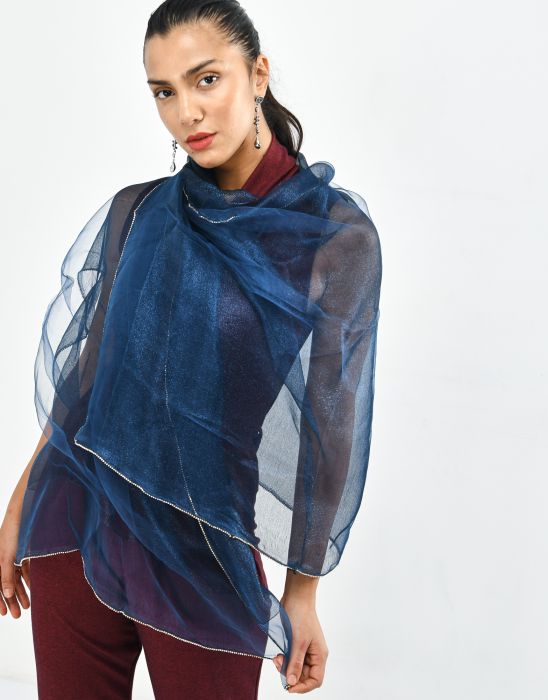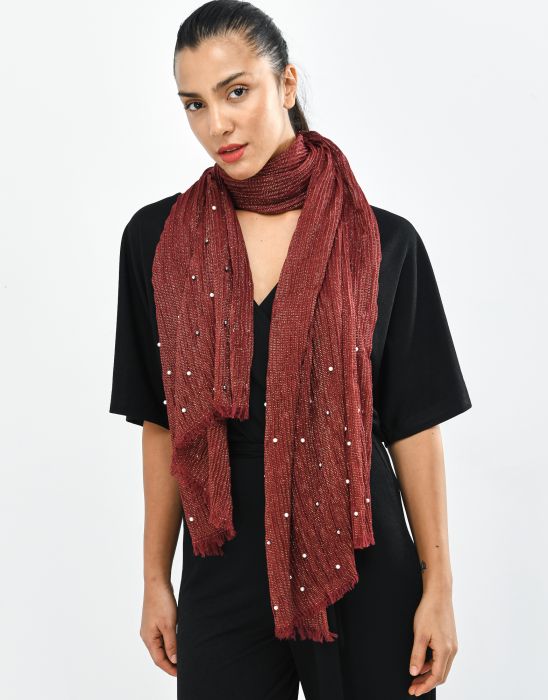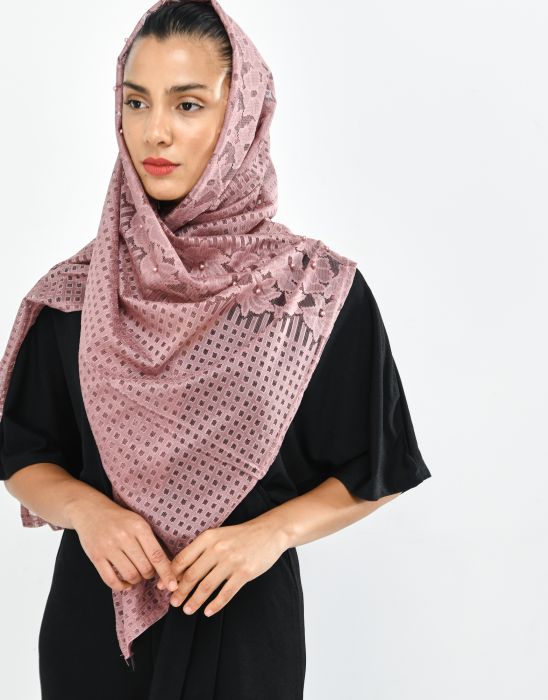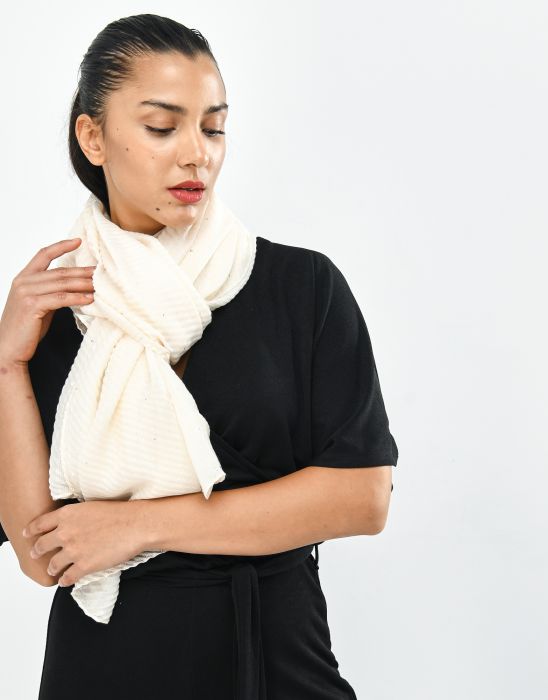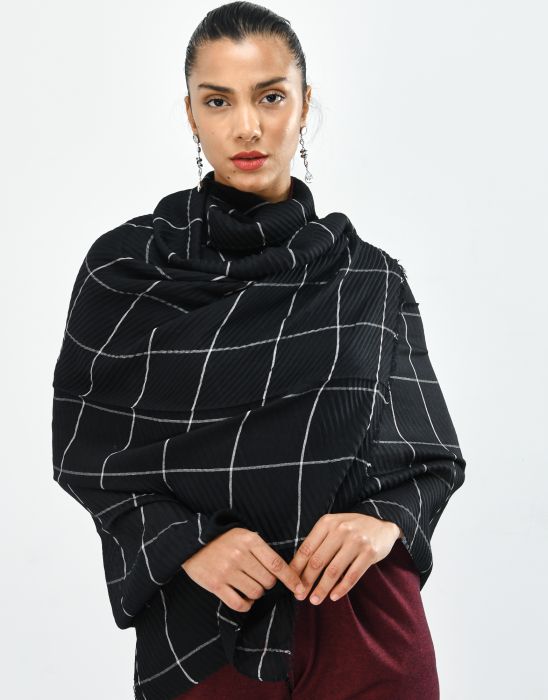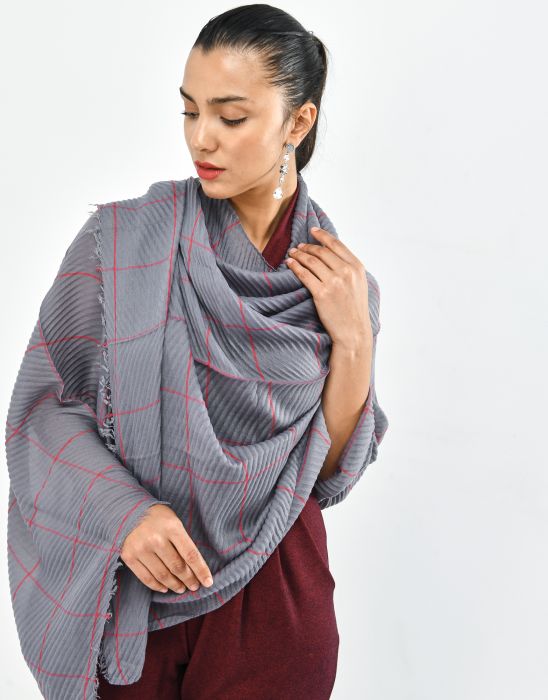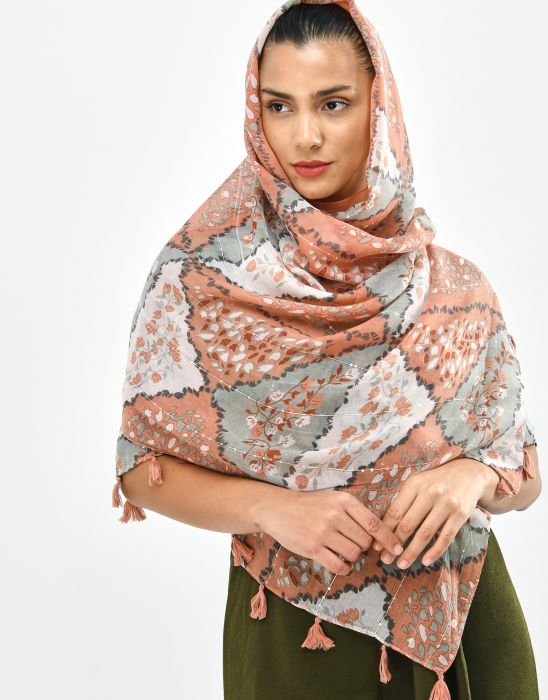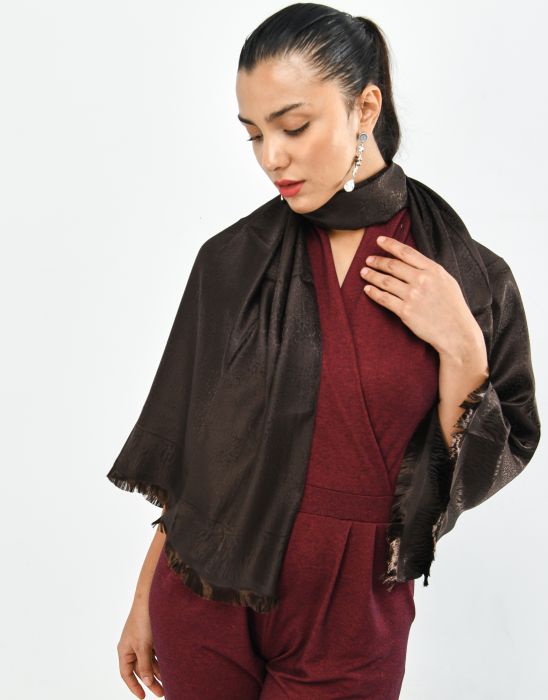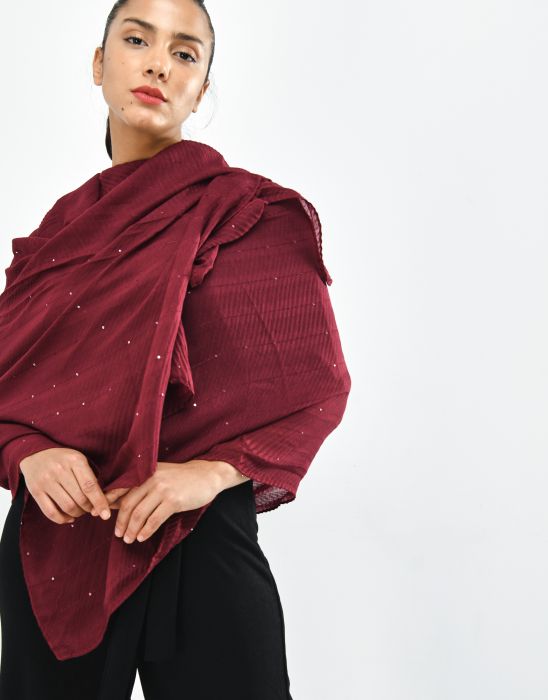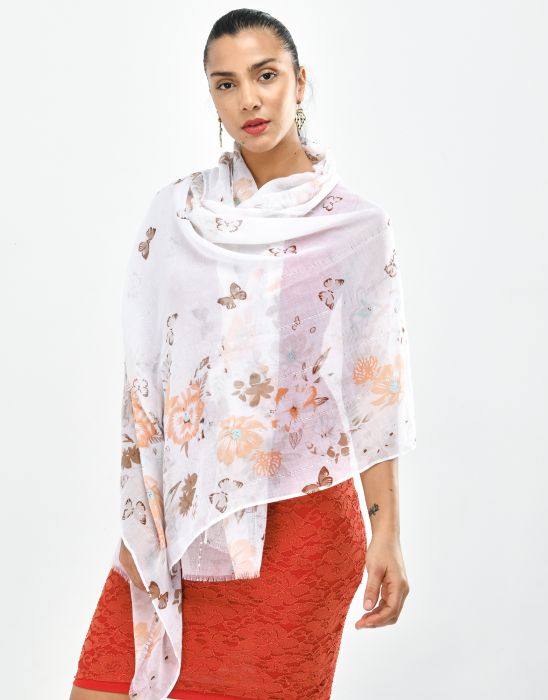Islamic culture is very rich and multifaceted. With the hijab, you show that you are modest, and a believer. Originally part of religious observance, styles now show personal tastes and culture. Here we are up with a complete guide to get you ready for an amazing look prioritizing modesty.
Why does Hijab Style Matter?
Cultural Significance
The hijab is a symbol not just of religion, but culture as well. It shows how a follower of Islam interacts with the people. In lots of places, wearing a hijab says who you are and brings people together. It reveals how someone can live as a Muslim around others.
Personal Empowerment
It's also a gesture of gaining confidence, setting goals, and self-improving for the sake of oneself. How to choose a hijab style is an extremely personal matter. It's not just about obeying society; it's to do with freedom, and being free. For many women, choosing their own hijab styles makes them feel brave and unhindered by labels.
Modesty and Fashion
Balancing modesty and fashion is the key to wearing a hijab in style. With these new trends in hijab fashion, women can combine their traditional religious values with modern looks. It's a melting pot of old and new.
Hijab Materials and Textures
Selections of Fabrics
Selecting the right fabric is key to a stylish and comfortable hijab. Silk for beauty, cotton for breathability, and different materials provide different sensations. Understanding the special features of various textiles makes it easier for you to choose hijabs suitable for different types of weather and occasions.
Texture and Draping Styles
The styles of hijabs aren't limited to the material--they include drapes and textures, as well. There is volume and flare to textured fabrics while flowing smooth forms are simple. Varying the textures you use will present many different looks, all suitable for any situation.
Seasonal Considerations
It is a thoughtful gesture to vary hijab styles according to the season. On the hottest summer days, lightweight fabrics bring comfort; in wintertime, materials are friendly for cold climes without sacrificing design.
Various Hijab Styles
Different types of hijab represent different cultures and regions. The hijab fashion world has a lot of variety. Below, we will take a closer look at some popular hijab styles.
Turkish Hijab Style
The Turkish hijab style is noted for its modest elegance. It generally is a loose wrap combined with a graceful drape, casual yet elegant. There are also Turkish headscarves cut from expensive fabrics, embroidered with skillful patterns and thus highly fashionable.
Turban Hijab Style
With the turban hijab style, your head is fashionably covered. To create the turban look, you wrap the cloth around your head. This is a cool style that's good for work and play.
Irani Hijab Style
The Iranian style of hijab is generally colorful and loose. The concept of Iranian fashion is modesty, yet people can still express themselves in everything from their clothes to the things they wear on them.
Pakistani Hijab styles
They have a lot of fancy stitching and bright colors. Scarves are sometimes worn in particular ways and with beautiful pins or brooches specially designed. Pakistani hijab fashion combines the old with the new.
Arabic Hijab Style
Because it's flowing and has lots of volume the Arabic hijab looks different. For that dignified look, the hijab is often worn in layers or wrapped. It is usually worn to dress up at fashionable functions or special occasions.
UAE Hijab Style
The UAE hijab style is elegant and modern. It typically employs costly materials and complex patterns. In the United Arab Emirates, this hijab style combines old and new styles.
Emirati Hijab Style
The rich culture of the Emirates is also reflected in the styles of the hijab. They usually have intricate beading and embroidery, making them look elegant and imperial. This Emirati style is ideal for special events.
Indonesian Hijab Style
The hijab style in Indonesia is a perfect reflection of their many cultural influences. Regional styles vary, but they often involve bright colors, exquisite batik patterns, and creative wrapping techniques.
Egyptian Hijab Style
Egyptian Style of Hijab Known for their simplicity and utility, Egyptian hijabs are just the thing. This is a lightweight wrap that can be worn on the streets. This design's graceful subtlety is popular.
Hijab Style for Round Face
To wear a hijab style that suits round faces best, try drawing vertical lines to elongate the face. Drapes that are either vertical or voluminous look well and many forms lengthen the face vertically but not broadly.
Wedding Hijab Style
Generally, wedding hijab styles are gaudy and flamboyant. They may have lace, expensive clothes, and elaborate decorations. Like bridal headscarves, styles are supposed to be modest but compliant with the wedding gown.
Hijab Style for Long Face
Hijabs with side-enhancing designs can add width or volume to those whose faces are particularly thin. By using wraps layered one on top of the other or designs whose drape across the face is slightly wider than usual.
Party Hijab Style
Party hijabs range from the sophisticated to the fun. They could be genuine accessories or trimmings, or exaggerated draping. Party hijab styles provide a means for personal expression in the festive setting.
Full Hijab Style
It is the most covering style. This covers a face veil or niqab. Others support it out of religious observance since Islam places a great emphasis on total modesty.
New Hijab Style
New looks keep springing up in the hijab fashion industry. Hijab fashions often involve novel draping methods, creative embellishments, and current fashion trends.
Bousni's Best Selling Hijab
Hijab Style Mistakes to Avoid
Wearing a hijab is an artistic way for women to reveal themselves but modestly, it's not just that. For example, as with any fashion craze, the hijab can be worn mistakenly which detracts from its appeal and usefulness. Here are some typical mistakes to avoid when wearing a hijab:
Bad Fabric Selection Mistake
A bad fabric choice could impair the hijab's overall appearance and comfort. If the fabric was too stiff, it could not be dressed effectively; if a bit thin then more than might have been just barely decent.
Pick materials suitable for the occasion, comfortable and breathable. Experiment with different types of fabric to find the best one for you. Head covering
Inappropriate Color Combinations Mistake
Discordant colors or incongruous hues may ruin the effect. Selection from the wrong colors might not suit your complexion or clothing, this could hurt what you are trying to achieve.
Take time to learn color theory and practice applying different colors that complement your complexion. Classic color combinations and neutral tones often work.
Bad Draping Mistake
If draping is not done properly it may lead to a messy look. Whether the hijab is too tight or too loose, hitting that balance can make a simultaneously elegant and nonchalant look. Play around with different draping styles to see which is best suited for your face shape and personal taste. The hijab should cover the breast area enough.


